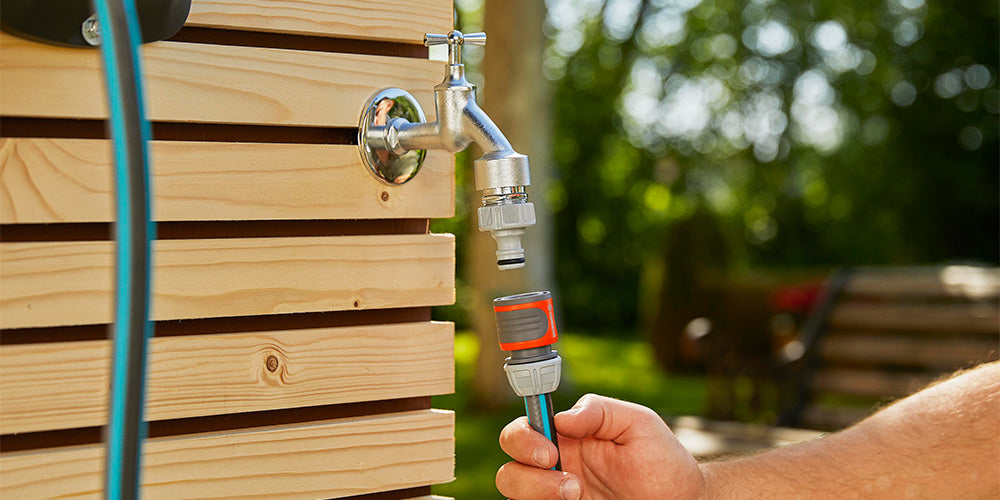In this guide, we'll take you through everything you need to know about garden hose pipes! It may not be an exciting topic, but we hope this guide will serve you well whist you are shopping for a garden hose that is just right for you and you're garden.
Which is the best hose pipe to buy?
The best garden hose to buy will depend on how you use it in your home. You may wish to invest in a high-quality hose with a higher price tag, but investing in your garden hose will give you excellent quality, tried and tested garden hose pipe to use for years to come. With proper care and maintenance, you can benefit from a good quality hose pipe for years, so it's always worth researching before you commit.
At Easy Garden Irrigation, we have many leading hose pipe brands, such as Hozelock, Tricoflex, Claber and Gardena, and several other hose pipes, hose pipe fittings and hose pipe accessories.
This article discusses what to consider when buying a garden hose to help you choose the best garden hose for your watering needs.












 hello@easygardenirrigation.co.uk
hello@easygardenirrigation.co.uk
 +44 (0) 1646 402 050
+44 (0) 1646 402 050











